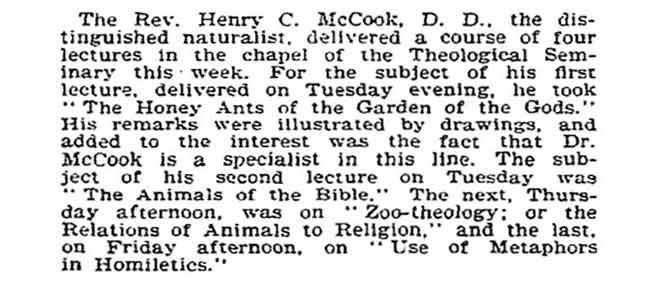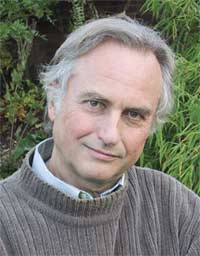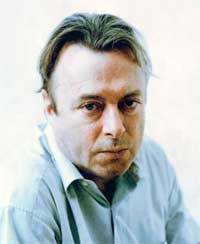|

April 15, 2008
I just discovered ScienceBlogs, which I was about to describe as an “aggregator” of daily science writing in the blogosphere, until I realized my Webbish is too shaky to be sure that’s the right word. So here’s how they describe themselves:
From climate change to intelligent design, HIV/AIDS to stem cells, science education to space exploration, science is figuring prominently in our discussions of politics, religion, philosophy, business and the arts. New insights and discoveries in neuroscience, theoretical physics and genetics are revolutionizing our understanding of who [we] are, where we come from and where we’re heading. Launched in January 2006, ScienceBlogs is a portal to this global dialogue, a digital science salon featuring the leading bloggers from a wide array of scientific disciplines. Today, ScienceBlogs is the largest online community dedicated to science.
Part of the sophisticated media universe of SEED Magazine (motto: “Science is Culture”), the “portal” currently leads to an alternate universe of 70 blogs, only one of which (Gene Expression) I’d already been reading. But as I began to poke around (and as a first impression, this could prove wrong, but I don’t think so), what struck me was the degree to which atheism and skepticism are a vocal and remarkably uniform part of this subculture.
Why should that be surprising? The intelligent design movement, a sophisticated descendant of creationism, was a threat that galvanized and unified the scientific community. Writers such as Richard Dawkins, Sam Harris, and Christopher Hitchens have since given voice to a coherent counter-ideology that views religion as the enemy—a thought-stopping, evidence-scorning, self-comforting fantasy that needs to be shed with humanity’s childhood lest it lead us back into dark, dark ages.
The reason why I can’t take this matter-of-fact development for granted is that I’ve been reading so much history of natural history (sneak preview of the June “Bookshelf”!). And it’s perfectly clear that until quite recently, religion was one of the major driving forces behind science. The great scientific minds of the 16th through most of the 19th centuries regarded investigation of the Creation as a powerful new form of worship—a way of giving the Creator his due, and of using God-given laws and gifts to collaborate in a merciful improvement of the human lot. (Of course it’s hard for us to grasp the extent to which, clear through the 19th century, especially in England and Europe, education was religious education, and the Church the main channel for intellect.) It’s amazing to discover how many pioneering natural scientists were “divines”—pastors and theologians. Just for two examples close at hand, Gilbert White, “England’s first ecologist,” whose tortoise we’ve been talking about, “took holy orders in 1747, and became curate of his home town of Selborne in Southern England (1756).” And here’s an 1895 newspaper clip about Henry McCook, the American doctor of divinity who identified and named the honey ant, Myrmecocystus mexicanus hortideorum (Garden of the Gods) McCook:

What happened in a century to turn this cheek-to-cheek intimacy between science and religion into bitter divorce (despite the best efforts of eminent mediators from Pope Benedict XVI to Francis Collins* of the Human Genome Project)? What do you think?
My two leading contenders:

- Darwin, and the slow sinking-in of his heretical suggestion that the wonders of Creation might not have needed a creator at all.
- World War and genocide, bringing the problem of theodicy—how could a good God let such evil happen?—to an unbearable pitch.
* Bonus: Atheist Sam Harris savages Collins.


(Annie Gottlieb) |
Comments (add yours!)

Return to April home
|




